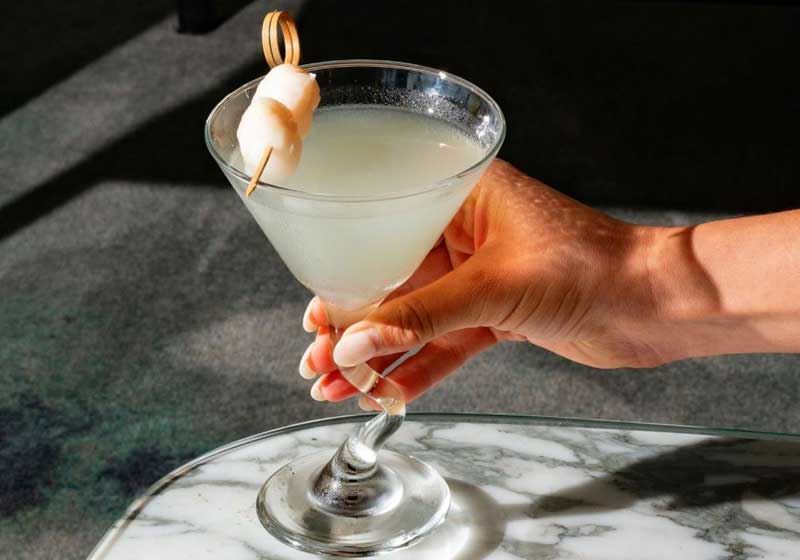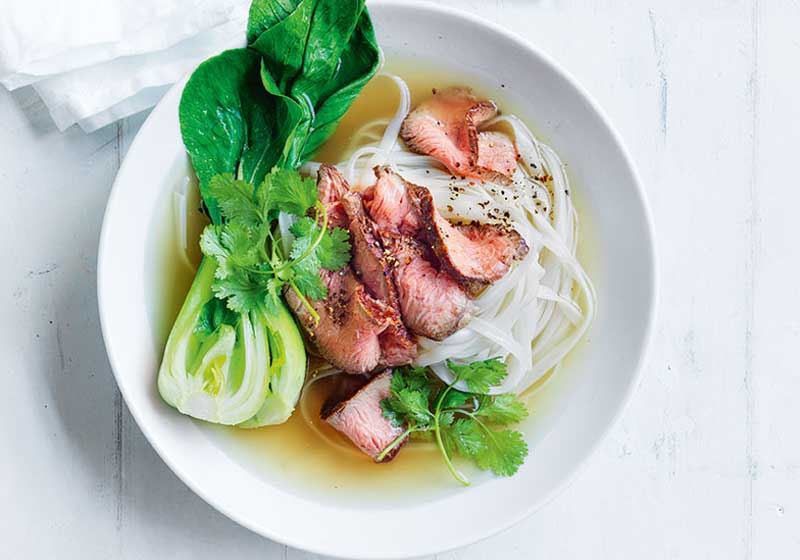By Marie-Antoinette Issa.
Across the world, kitchens have always been crossroads…places where memory meets migration and tradition adapts to taste. From London’s bustling curry houses to Los Angeles’ taco trucks, the food of the diaspora tells a tale far richer than recipes alone.
It’s a story of longing and adaptation, of preserving roots while learning to grow in new soil. Wherever people move, their food follows - and evolves.
Diaspora dining isn’t about leaving one culture behind for another. It’s about the delicate act of translation. How does a Nigerian cook in the Middle East recreate jollof rice when the local tomatoes are sweeter, or an Italian family in Brooklyn make Sunday sauce with American beef and tinned San Marzano tomatoes?
Across continents, diaspora cooks reinterpret their traditional cuisines through the lens of their new homeland - reshaping not just flavour, but identity.
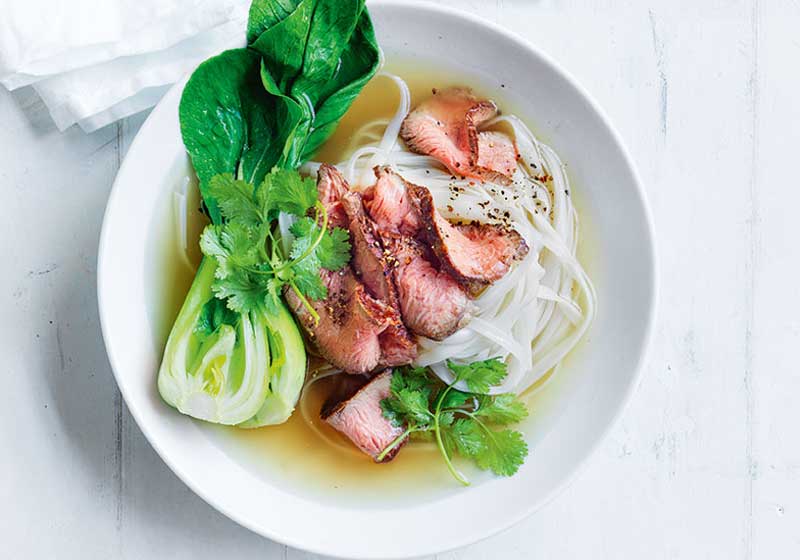
The taste of adaptation
Most modern migration menus are born of necessity - beginning with an ingredient that can’t be found in their adopted home. For generations of immigrants, the challenge has been not simply to recreate the recipes of their motherland, but to reimagine them.
In the United States, Vietnamese refugees arriving in the 1970s adapted their pho using local beef cuts and herbs. Over time, the dish evolved - still recognisably Vietnamese, yet distinctively American in its abundance and sweetness.
Similarly, Italian immigrants in New York turned modest regional dishes into global icons. Meatballs grew larger, pizzas crisped in coal-fired ovens (or went deep dish) and red sauce became the lifeblood of Little Italys across the USA. What began as cucina povera transformed into a culinary identity of its own - one that spoke of hard work, community and the comfort of abundance.
In the UK, the South Asian diaspora gave rise to Britain’s national comfort food - chicken tikka masala - a dish born from adaptation and necessity. When Indian cooks realised their British patrons preferred creamier sauces, they folded tomato soup and cream into charred tikka, creating something entirely new. Today, it sits as proudly in Manchester as butter chicken does in Mumbai.
Meanwhile, across the Pacific, the Lebanese, Greek and Thai communities of Australia redefined what ‘Australian’ food could taste like. Charcoal chicken, lamb souvlaki and pad Thai are now as much a part of the national identity as meat pies.
These dishes aren’t imitations - they’re evolutions, shaped by local produce, new climates and the shared spirit of hospitality that transcends borders.
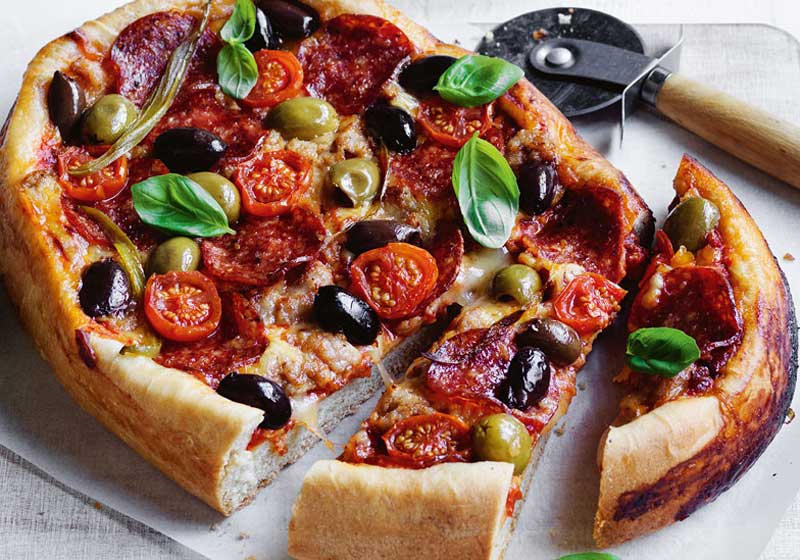
Ingredients as language
When migrants arrive in new lands, the pantry becomes a new kind of dictionary. Spices and staples adapt, translating flavour across geography. Caribbean cooks in Toronto substitute Scotch bonnets with local chillies, while Chinese families in Peru (the creators of chifa cuisine) blend soy sauce with Latin ingredients like aji peppers and coriander.
These shifts are not compromises but creative acts. Through them, cooks build culinary bridges between old and new worlds. Food becomes both preservation and invention - a language of belonging.
Even the ingredients themselves start to migrate. Markets across Paris brim with North African couscous, while the streets of Tokyo hum with Brazilian bakeries selling pao de queijo alongside matcha desserts. The exchange is no longer one-way; it’s a global conversation.
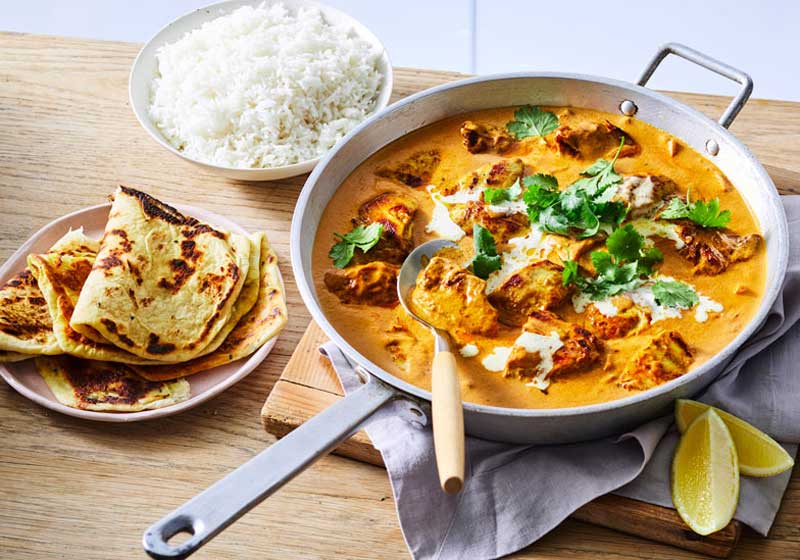
The new definition of authenticity
For diaspora communities, authenticity is fluid. It’s not measured by replication, but by emotion. A Palestinian cook in Berlin may not find the same olives her grandmother pressed, but she might capture that same memory through local German oil and the same patient, rhythmic kneading of dough.
In this way, authenticity becomes less about origin and more about essence. The soul of a dish lives not in the exact ingredient list but in the intent behind it. Diaspora cooking reframes authenticity as an act of continuity - a living dialogue between memory and adaptation.
A global table
Today, the world eats diaspora food, often without realising it. Korean tacos, Trinidadian doubles and Ethiopian coffee blends - all carry traces of travel and transformation. The flavours of migration have become the flavours of modernity itself.
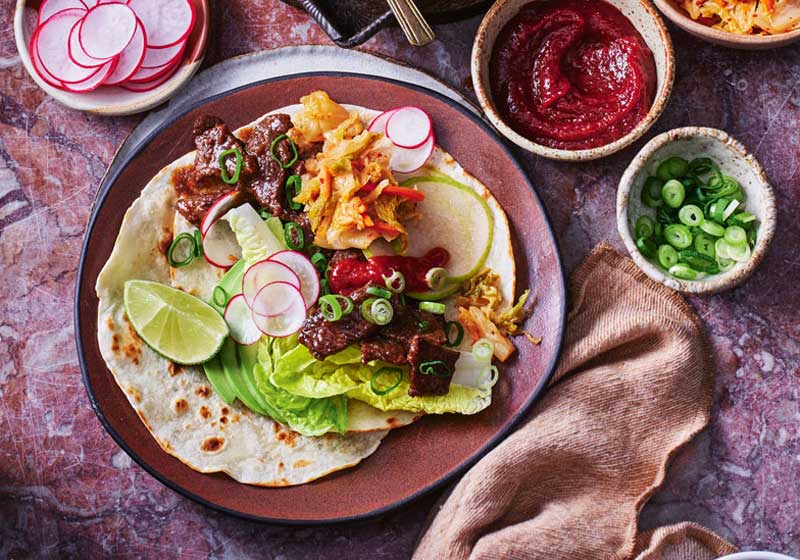
In cities from Sydney to Sao Paulo, diaspora dinners have become more than meals. They’re cultural rituals - invitations to taste history, displacement and resilience in every bite. The table becomes a place of exchange, where stories are served alongside food and every dish holds a hint of elsewhere.
Food has always been a marker of belonging, but in diaspora kitchens it becomes something more: a reminder that home isn’t just where you come from, it’s what you create. The recipes may evolve, the ingredients may change, but the spirit remains - nourishing, familiar and forever searching for connection.
In the end, diaspora dining isn’t about what’s lost in translation. It’s about what’s gained - a new flavour of identity, shared across a global table, where everyone brings a little piece of home.


